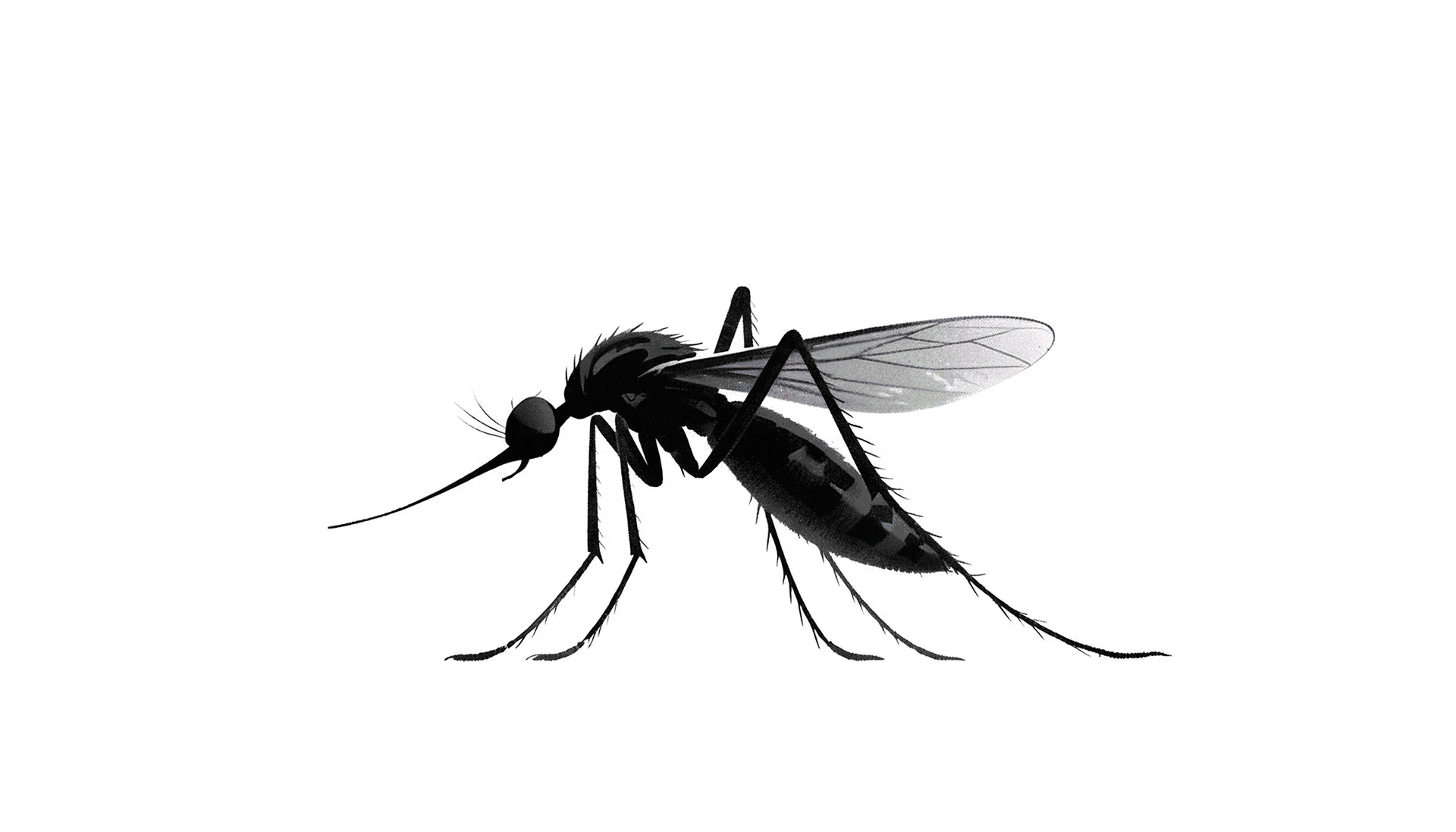View
Contagion Control
by Deirdre Kelly
Mathematics is often seen as a world apart – full of abstract theories and distant from daily concerns. Yet, in a York University lab, equations are being put to work on one of the most urgent challenges in public health: understanding how diseases like Zika virus spread.
At the centre of this research is singular perturbation theory, a mathematical tool for dissecting systems that move at different speeds. Mosquitoes – the swift, short-lived carriers of Zika – interact with humans, whose experience of the disease unfolds more slowly. The result is a tangle of timelines that can confound conventional models.
By separating the “fast” rhythms of mosquito behaviour from the “slow” course of human infection, the York team uncovers how subtle shifts in climate or biology can tip the balance, sometimes triggering sudden outbreaks.

“Singular perturbation theory lets us cut through complexity and see how interventions might shift the course of disease,” says Woldegebriel Assefa Woldegerima, a professor in York’s Department of Mathematics and Statistics. “These techniques are powerful for studying multi-scale processes – across time, space or size – in public health, science and engineering.”
The urgency is real. Zika virus made headlines during the 2015-16 outbreak, linked to severe birth defects and neurological complications. While symptoms are often mild, the risks during pregnancy and infancy remain high. By sharpening our understanding of transmission, the York research opens new avenues for managing future outbreaks.
For co-author Joe Tran (BSc ’24, MA ’25), now a PhD student at York, the project is a testament to the power of collaboration.
“Bringing together mathematics and epidemiology leads to insights neither field could reach alone, ” Tran says. “We hope our work sparks more partnerships across disciplines.” ■